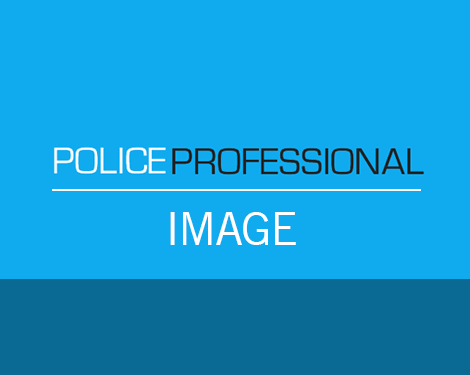Drink-drive figures show increase in positive tests
New drink and drug-driving figures released this week show that although there were a smaller number of tests carried out compared to last year, there was an increase of eight per cent in drivers who tested positive for driving under the influence.

New drink and drug-driving figures released this week show that although there were a smaller number of tests carried out compared to last year, there was an increase of eight per cent in drivers who tested positive for driving under the influence.
The numbers were revealed following this years targeted drink and drug-driving campaign by the Association of Chief Police Officers (ACPO).
A total of 88,629 people were stopped and breath-tested during the month-long campaign in June. Of those, 5,373 6.06 per cent tested positive, refused or failed a breath test, compared to 5.6 per cent during the same time last year.
The number of under 25-year-olds that also tested positive continued to rise this year with an increase of 15 per cent compared to 2010 figures and the over 25-year-olds who tested positive, refused or failed a test also rose by seven per cent.
Chief Constable Phil Gormley, ACPO lead on roads policing, said: While there has been a fall in the number of breath tests carried out in this years campaign, the increase in the percentage of positive test shows that we are targeting the offending drivers more effectively.
Once again, the figures clearly demonstrate that if you drink and drive you are significantly more likely to be involved in a collision and lose your licence. It is worrying that younger drivers continue to drink and drive and we will be redoubling our efforts to address this unacceptable behaviour.
The number of people who were tested for drugs also increased by 30 per cent from 259 to 337, which resulted in 122 arrests.
We have increased the number of tests we conducted to detect people driving under the influence of drugs and this is an area where we are working with government to improve our capabilities through reformed legislation and procedures, added Mr Gormley.
We view this as an important area for casualty reduction and will continue to pursue motorists who drive while under the influence of drugs, endangering their fellow road users.
A similar campaign run by the Association of Chief Police Officers in Scotland (ACPOS) also reported an increase in the number of drink-drivers. ACPOS two-week campaign, also in June, resulted in 238 reports of drink-driving, an increase of 26 compared to the previous year. In addition seven were detected while unfit through alcohol, an increase of one, and 21 were unfit through drugs, which was an increase of 16 compared to the year before.
Assistant Chief Constable Tom Ewing, ACPOS Road Policing Business Area Secretary, said: We will continue to make the roads a hostile environment for offenders and we believe that it is time to consider a reduction in the drink-drive limit and the introduction of random breath tests which would make it clear that driving while under the influence is not acceptable.
The rise in drink-driving across England and Wales was described as shocking by Brake, the road safety charity, which called on the Government to make roads policing a priority.
Ellen Booth, senior campaign officer, said: These statistics show that a shocking number of drivers are wilfully taking huge risks with their lives and the lives of others. It is vitally important there is an effective deterrent to stop drivers who know the risks involved in drink-driving, but decide to do it anyway.
Thats why Brake is calling on the Government to make traffic policing a first-tier policing priority and ensure we have more traffic police carrying out more drink and drug-driving tests.
The charity also called for the Government to act swiftly to bring in a roadside screening device for drug-driving to tackle the issue and to adopt a zero tolerance drink-drive limit, to send a clear message.

